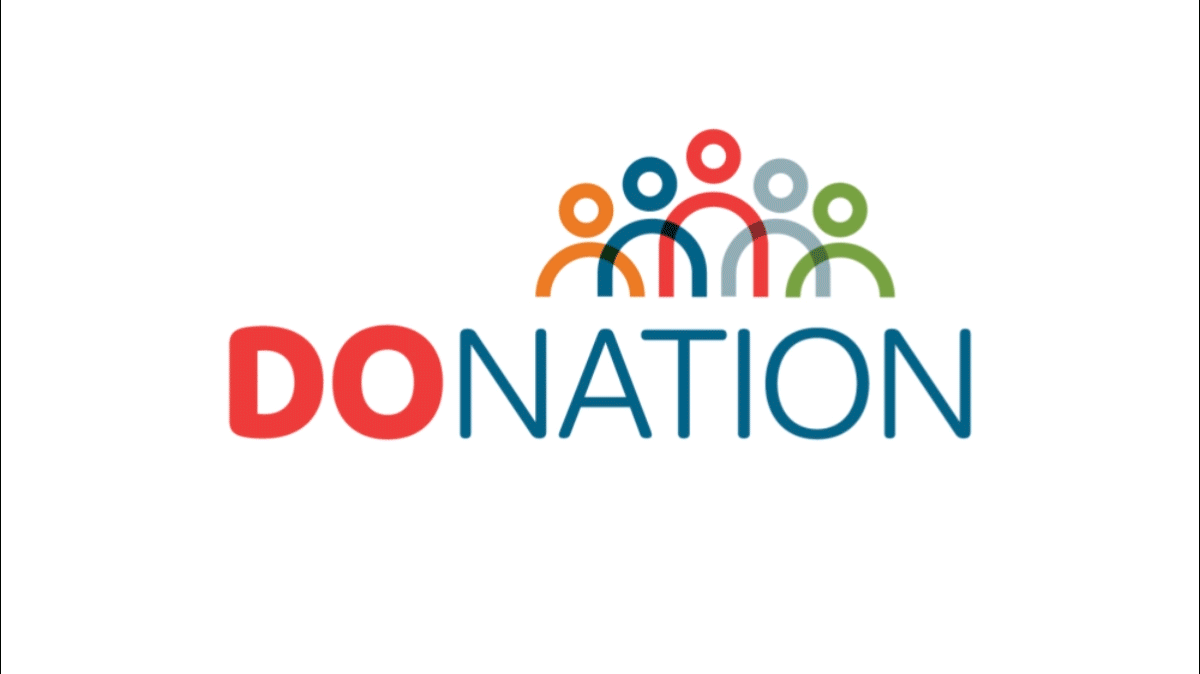According to the Centers for Disease Control and Prevention, 25% of people 65 and older fall each year, 20% of all falls cause a serious injury, and each year, 3 million older people are treated in emergency departments for fall injuries. Most falls are caused by a combination of risk factors and as risk factors accumulate the risk increases. The risk factors are commonly present in people with some degree of frailty and/or cognitive impairment. They include:
- Lower body weakness
- Difficulties with walking and balance
- Medicines that affect balance and cognition (Prescribed or OTC)
- Impaired Vision
- Foot pain, poor footwear or poor foot care
- Home hazards or dangers such as:
-
- Broken or uneven steps, and
- Throw rugs or clutter that can be tripped over.
As healthcare providers we can help cut down a person’s risk by reducing the fall risk factors listed above. This will also help to manage and mitigate their degree of frailty.
The Connection
The Clinical Frailty Scale is one of the few tools available to screen for frailty and make the connection between the degree of dementia and the degree of frailty. The degree of dementia usually corresponds to the degree of frailty. That is, mild dementia would go with mild frailty. In both cases, the person is independent in their personal or basic activities of daily living (ADL), but dependent in one or more instrumental ADLs. These accompany common symptoms of mild dementia: being able to recall a recent event but forgetting its details, repeating questions throughout the day, and no longer being able to use routines or cues to aid in either not losing items or finding them once lost.
In moderate dementia, recent memory is very impaired, even though they seemingly can remember their past life events well. As with moderate frailty, they can do their personal care with prompting or set-up. In severe dementia, as in severe frailty, people have progressive difficulty in performing personal ADLs and require increasing amounts of hands-on assistance.
Clearly, we can improve the quality of life for our patients, address the risk factors for falls, and mitigate or manage frailty when we see their deficits from this connected perspective.
SDAHO Enterprises Endorsed Business Partner, Patient Pattern, has solutions for seeing the connection, managing the deficits, and providing quality care for the most vulnerable.
The SDAHO Enterprises Endorsed Business Partner program was established to provide innovative and cost-effective solutions for our member hospitals and long-term care facilities across the healthcare continuum. The business partners selected are expected to meet high-quality standards and offer products or services which are designed to assist healthcare facilities avoid costs, recover revenue, reduce operating and capital expenses, improve management and quality, increase productivity, develop staff resources and apply new innovative strategies.




